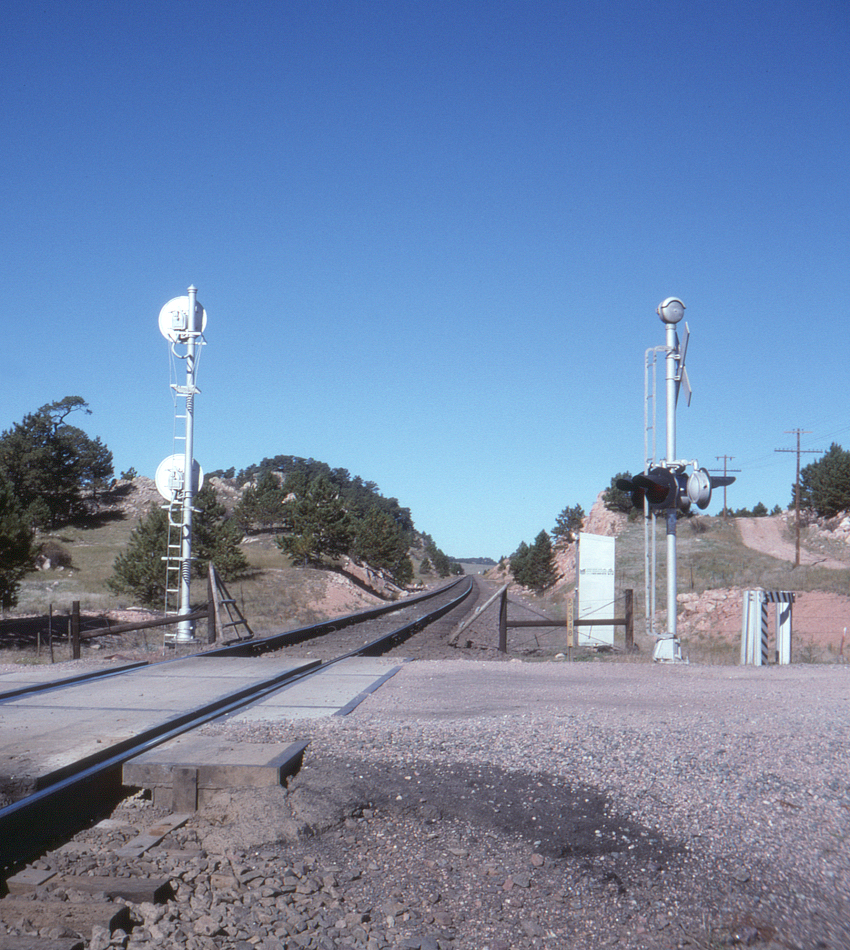

With traffic constantly increasing over Sherman Hill around the mid-twentieth century, UP management decided to build a third track over the Hill to complement the existing double-track mainline. Rather than simply duplicate the existing line, it was given a much more circuitous routing (42 1/2 miles long, or nine miles longer than the existing line) with lower grades (0.82 percent versus 1.55 percent over the existing line) and given the name Harriman Cutoff in honor of the Union Pacific's turn of the century saviour. Surveying began in 1951; the new line opened in 1953, and ran from just east of the Dale Creek Fill to Speer, Wyoming where it joined the former Denver Pacific line for the remainder of the way to Cheyenne (some upgrading was also done to the portion between Speer and Cheyenne). Due to the lower grades, and in spite of the greater length, westbound freights could navigate the Cutoff in 15 minutes less than via the old line. Originally the intention was for passenger trains to use the old line, along with eastbound freights, while westbounds would use the Cutoff.
The southernmost point on the cutoff was also given the name Harriman, where it crossed a road called—what else?—Harriman Road. This view looks east towards Speer (where it will join the former Denver Pacific line from Denver) and Cheyenne from the Harriman Road grade crossing. The signals at left are the home signals for Harriman Siding which begins just behind the camera.